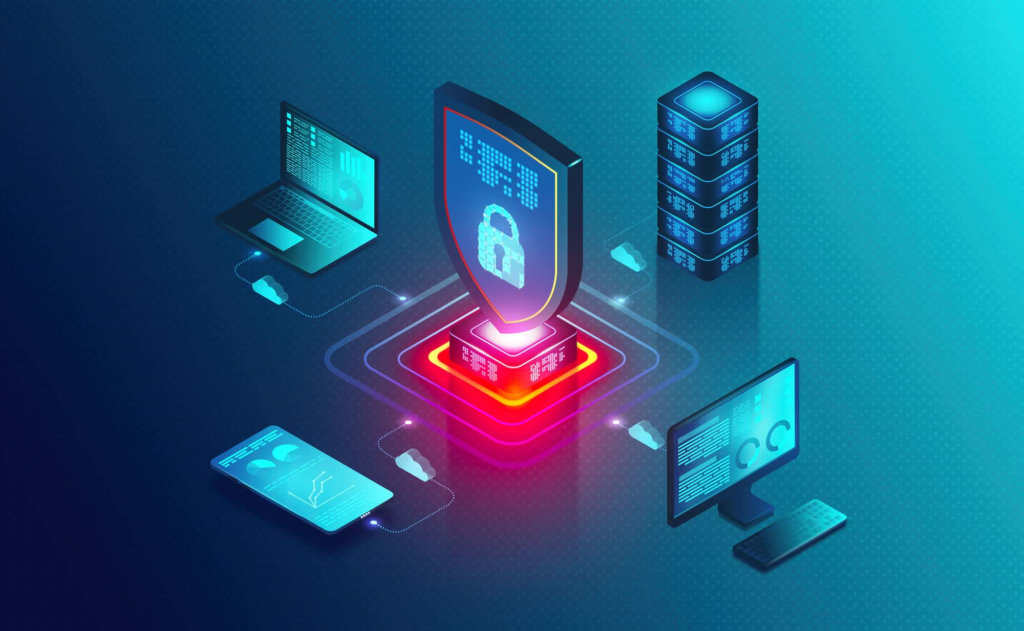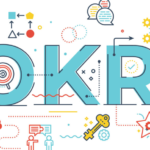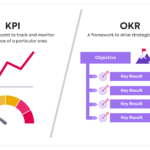In an increasingly digital world, the importance of cybersecurity cannot be overstated. As organizations grow more interconnected, they face an array of cyber threats that can compromise sensitive information and disrupt operations. This blog will discuss the current cybersecurity landscape, common threats businesses encounter, and effective strategies to fortify your organization’s defenses.

The Rising Tide of Cyber Threats
Cyberattacks have surged in recent years, becoming a prominent concern for businesses across all sectors. These threats range from sophisticated hacking attempts to malicious software designed to exploit system vulnerabilities. According to industry reports, cybercrime is projected to inflict damages totaling $10.5 trillion globally by 2025, emphasizing the urgent need for robust cybersecurity measures.
Common Cyber Threats Facing Businesses
- Phishing Attacks: Deceptive emails or messages crafted to lure individuals into revealing personal information, such as passwords or credit card numbers.
- Ransomware: Malicious software that encrypts files and demands a ransom for their release, often leading to significant financial losses.
- Data Breaches: Unauthorized access to confidential information, resulting in data theft and potential legal repercussions.
- DDoS Attacks: Distributed Denial of Service attacks that overwhelm networks with traffic, rendering services inoperable.
- Insider Threats: Risks posed by employees or partners who may inadvertently or intentionally compromise security.
The Importance of Cybersecurity
- Protecting Sensitive Information: In today’s data-driven landscape, safeguarding customer and business data is paramount. Effective cybersecurity measures ensure that sensitive information is kept confidential and protected from unauthorized access.
- Preserving Reputation: A cybersecurity incident can severely damage a company’s reputation. Customers expect their data to be secure, and a breach can erode trust and loyalty. Demonstrating a strong commitment to cybersecurity can enhance your brand’s credibility.
- Regulatory Compliance: Businesses must adhere to various data protection regulations, such as GDPR and HIPAA. Non-compliance can result in substantial fines and legal consequences. Cybersecurity services help ensure that your organization meets these requirements.
- Maintaining Business Continuity: Cyberattacks can disrupt daily operations, leading to costly downtime. Implementing effective cybersecurity strategies ensures that your organization can continue to function in the event of an incident, minimizing potential losses.
Effective Cybersecurity Strategies for Businesses
- Employee Training and Awareness: Educating employees about cybersecurity risks and best practices is crucial. Regular training sessions can help staff recognize phishing attempts and understand secure data handling.
- Robust Password Management: Encourage employees to create strong, unique passwords and implement multi-factor authentication (MFA) to enhance security. Password management tools can help simplify this process.
- Regular Software Updates: Keeping software up to date is essential for protecting against vulnerabilities. Implement a patch management strategy to ensure all applications and systems are regularly updated.
- Network Security: Utilize firewalls, antivirus software, and secure access controls to protect your network. Regularly review and update security protocols to address emerging threats.
- Data Backup Solutions: Regularly backing up data is crucial for protecting against data loss from ransomware and other incidents. Ensure backups are securely stored and tested frequently to confirm their integrity.
- Incident Response Planning: Prepare for potential security incidents by developing an incident response plan. This plan should outline your organization’s response steps, communication strategies, and recovery procedures.
Utilizing Cybersecurity Tools and Technologies
Integrating the right cybersecurity tools can significantly enhance your organization’s defenses. Here are essential tools to consider:
- Endpoint Protection: Safeguards individual devices from malware and other cyber threats.
- Security Information and Event Management (SIEM): Monitors and analyzes security alerts in real time, allowing for quick detection and response to threats.
- Data Encryption Tools: Protect sensitive data by converting it into a secure format that can only be accessed with the correct decryption key.
- Vulnerability Scanners: Identify and address potential security weaknesses within your systems.
Conclusion
In a rapidly evolving digital landscape, prioritizing cybersecurity is essential for the success and longevity of any business. By implementing effective strategies, educating employees, and leveraging the right tools, organizations can significantly reduce their risk exposure. Remember, investing in cybersecurity today is a proactive step toward safeguarding your business against future threats. Start enhancing your cybersecurity posture now to ensure a secure and resilient future.





